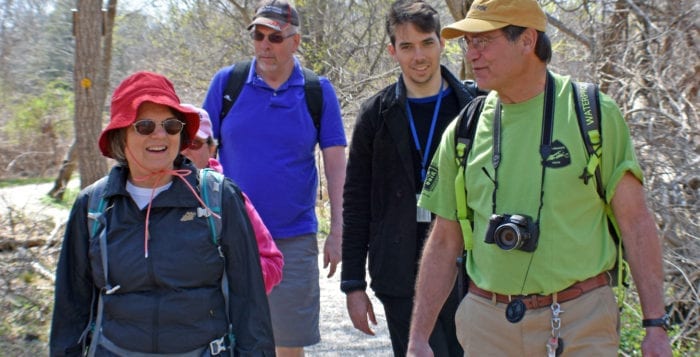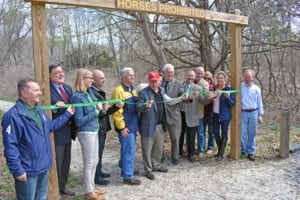Marvin Sandoval and Charles Weiss to Pay $15,000 in Combined Fines
Suffolk County District Attorney Raymond A. Tierney announced on April 29 that Marvin Sandoval, 29, of Ronkonkoma, and Charles Weiss, 33, of Coram, pleaded guilty to dumping a pile of construction waste and household debris in a remote wooded area within the protected Long Island Central Pine Barrens Region.
“Suffolk will not tolerate illegal dumping,” said District Attorney Tierney. “My office will protect every square inch of natural space in this county and will respond with swift and aggressive prosecution whenever it is threatened.”
According to court documents and the defendants’ admissions during their guilty plea allocutions, on November 6, 2024, Weiss and Sandoval, as part of a hired job, loaded a U-Haul box truck with construction waste and household debris and then drove into a remote wooded area within the Long Island Central Pine Barrens Region where they dumped the contents of the truck onto the forest floor. The materials they dumped consisted of pieces of wood furniture, used paint cans, paint rollers, shower doors, chandeliers, large pieces of styrofoam, a sink, a granite countertop, tools, and multiple bags of household garbage.
The defendants’ conduct was uncovered by two civilian witnesses who had the good conscience and initiative to contact law enforcement. A joint investigation between the Suffolk County District Attorney’s Office, Suffolk County Police Department, Suffolk County Park Rangers, and the Town of Riverhead Police Department identified Weiss and Sandoval, who had solicited a job of cleaning up a house for a $1,000 fee and then, instead of properly disposing of the materials, selected the Pine Barrens as their dump site. The pair was quickly called back to the site by law enforcement and directed to remediate the dumping.
On February 19, 2025, Weiss pleaded guilty to the charge of violating section 433-6 of the Suffolk County Code (the Evergreen Law) before Riverhead Town Justice Court Judge Sean Walter and was ordered to pay $7,500 in fines. He was represented by Brandon Abbattiello, Esq.
On April 29, 2025, Sandoval pleaded guilty to the charge of violating section 433-6 of the Suffolk County Code (the Evergreen Law) before Riverhead Town Justice Court Judge Sean Walter and was ordered to pay $7,500 in fines. He was represented by Daniel Rodgers, Esq.
Per the Evergreen initiative, the Good Samaritans who reported the dumping will be receiving their monetary awards.
About the Evergreen Initiative
In December 2023, District Attorney Raymond Tierney, County Executive Ed Romaine, and Sheriff Errol Toulon, along with leadership of the New York State Police, the New York State Department of Environmental Conservation (DEC), Suffolk County Park Rangers, Long Island Pine Barrens Law Enforcement Commission, and Crime Stoppers, announced the Suffolk County Evergreen Initiative – a collaborative plan to curb illegal dumping on county property and within the Central Pine Barrens Region by ramping up and coordinating enforcement, imposing harsher fines, and enhancing civilian incentive to report dumpers.
In early 2024, the Suffolk County Legislature amended Suffolk County Code § 433-7 to raise the maximum fines for dumping in the Pine Barrens Region to $15,000 for individuals and $25,000 for corporations. It additionally mandated that 33% of fines collected from convictions under the statute would be remitted to members of the public who provided information leading to the arrest and conviction of offenders. This award was designed to spur the interest and assistance of the public in identifying and preventing illegal dumping in this largely unsurveilled area.
The Evergreen Initiative thus relies heavily on deterrence and citizen stewardship as a means of protecting an otherwise vulnerable and voiceless victim. The amendments were thereafter signed into law by the County Executive and enacted in March 2024.
About the Pine Barrens
The Long Island Pine Barrens Region, also referred to as the Long Island Pine Barrens Preserve, Central Pine Barrens Area, Core Preservation Area or Compatible Growth Area, is Long Island’s largest natural area and its last remaining wilderness, covering more than 100,000 acres.
The Pine Barrens Region overlays and recharges a vast portion of Long Island’s sole-source aquifer. All of Long Island’s drinking water comes from underground wells fed by this aquifer. The majority of the Carmans River and Peconic River and their watersheds exist within the Pine Barrens. The Pine Barrens are a vital stopping point for various species of migratory birds and Long Island’s last undisturbed home to a vast array of local wildlife.
The health of all of Long Island is utterly dependent on the integrity of the Pine Barrens. In recognition of its extreme ecological significance – not just as a wildlife preserve but sole source of drinking water – New York State enacted the Long Island Pine Barrens Maritime Reserve Act in 1990 and, along with it, the Central Pine Barrens joint planning and policy commission.
This case was prosecuted by Assistant District Attorneys Adriana Noyola and Jeremy Williams of the District Attorney’s Biological, Environmental, and Animal Safety Team, and the investigation was conducted by Detective Thomas Smith of the Suffolk County Police Department’s District Attorney Squad, with investigative assistance provided by members of the Suffolk County Park Rangers.

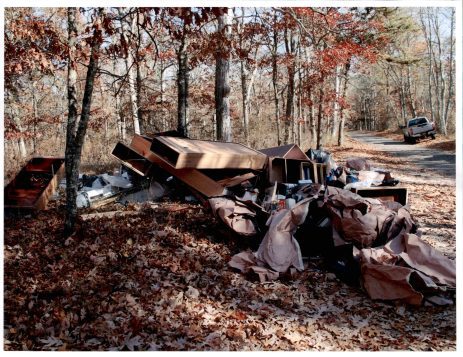
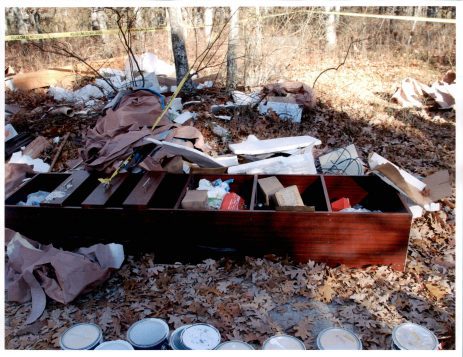
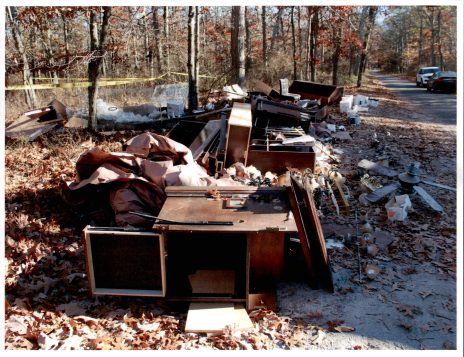
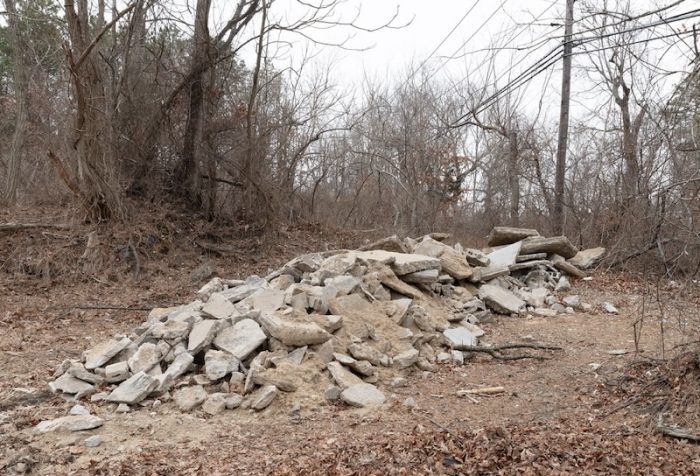

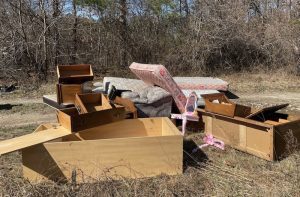


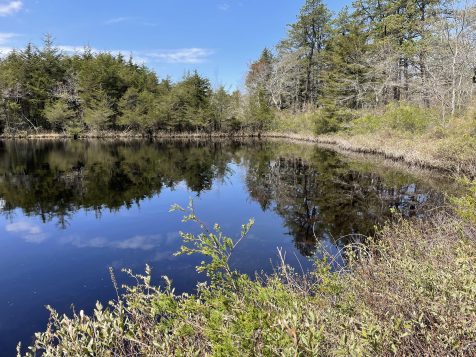
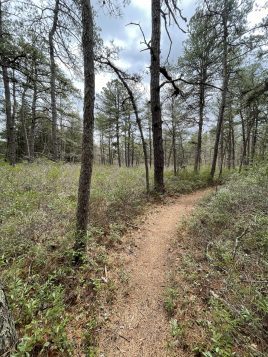
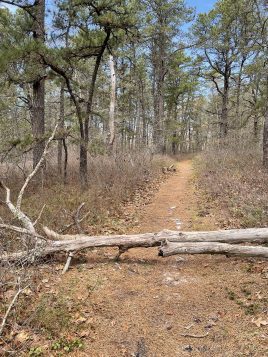
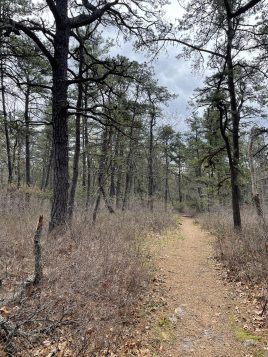
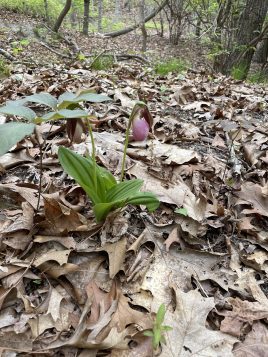
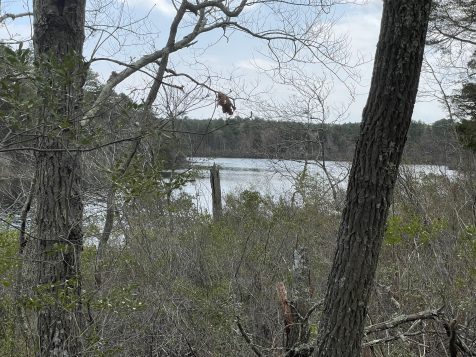
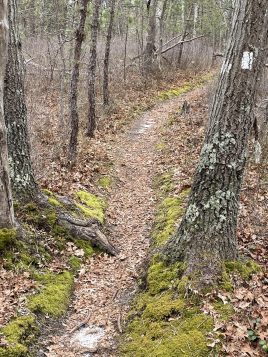
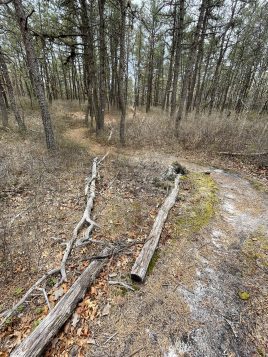
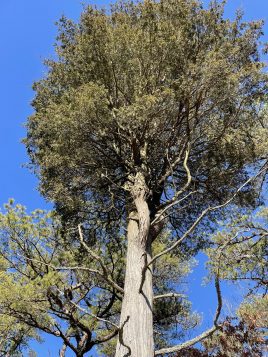

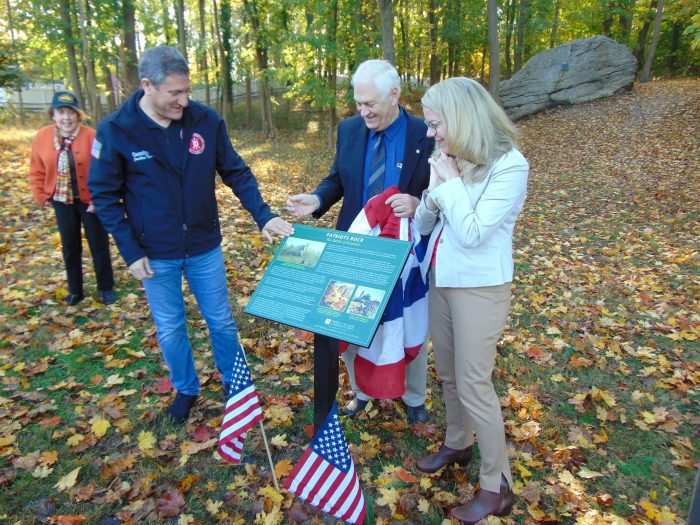
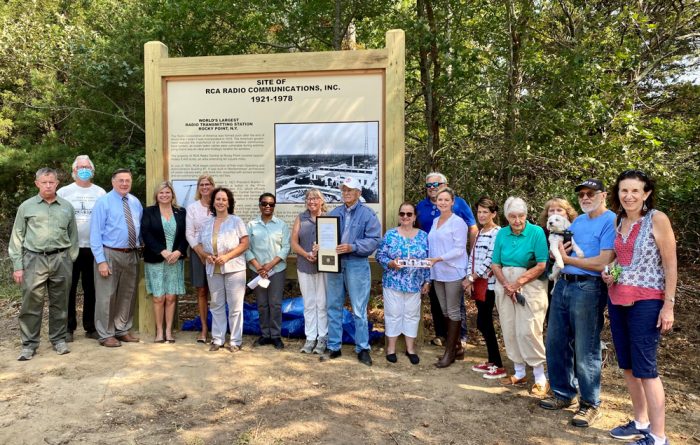
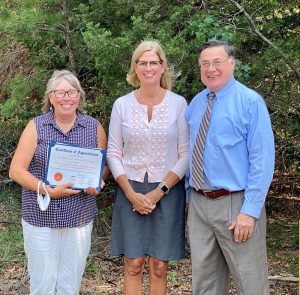
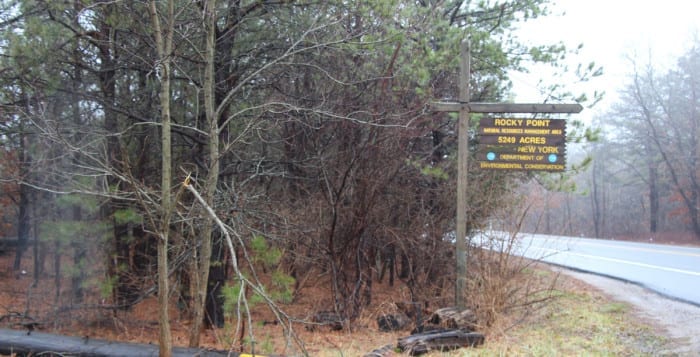


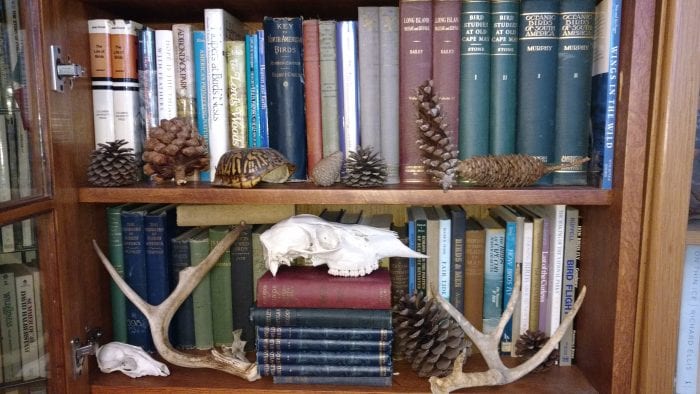
 live grey fox, the most recent experience in the autumn two years ago. Spying him before he saw me as I fortuitously was hidden behind a bushy, young Pitch Pine tree, this beautiful grizzled looking animal was patrolling along a sandy trail in the Dwarf Pine Plains of the Long Island Pine Barrens.
live grey fox, the most recent experience in the autumn two years ago. Spying him before he saw me as I fortuitously was hidden behind a bushy, young Pitch Pine tree, this beautiful grizzled looking animal was patrolling along a sandy trail in the Dwarf Pine Plains of the Long Island Pine Barrens.